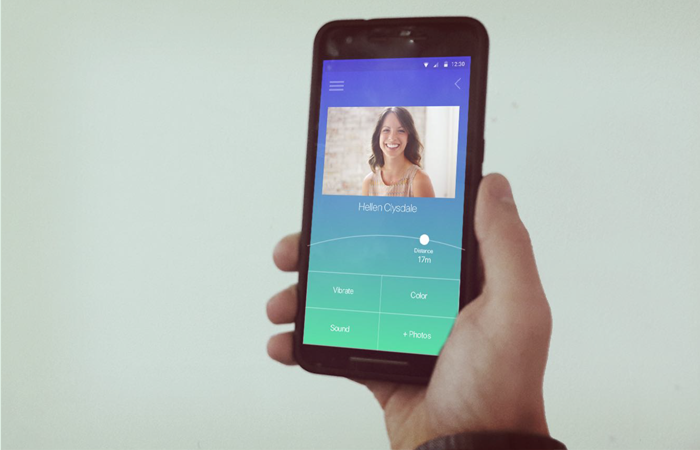In 2014 the BBC launched a research project called BBC CAPE, which studies the knowledge and attitude towards neurodiversity, focusing on the recruitment, support and management of employees with hidden conditions such as dyslexia, dyspraxia, dyscalculia, ADD/ADHD and Autism Spectrum Conditions.“This is an important project – it will set the standard for the BBC’s inclusive approach to recruiting and nurturing people who may process information differently and who have just the creative and analytical skills and abilities that will bring value to the BBC” Anne Bulford, Deputy Director General, BBC Manchester.
Challenge
Facial Blindness
Everyone interprets things differently, and as designers, it’s our job to make every accessible experience simple and enjoyable for the people using our products and services. For those on the neurodiverse spectrum, scenarios that may seem everyday to ‘neurotypical’ people can present significant challenges.We take for granted the ways in which we connect with each other, but for those with Facial Blindness, it can be hard to tell one face from the other. In fact, all faces could look the same, which makes it difficult to connect with people. The challenge was to make the life easier for a person with Facial Blindness.
Concept
The ReMeet App
One distinctive research finding, was that people suffering from ‘Facial Blindness’ all had different tactics to how they would recognize others – e.g. one would recognize others by their hair, by the way they walk or their voice.
The app recognizes the people around the person using it, but more importantly, it is helping the user recognize the person by sending subtle, personalized and customized notifications though the app and the bracelet. Empowers people with facial blindness to become more independent and secure.
The app has with a core focus on ‘personalization’ – the user of the app now had different notification variables to choose from – sounds, vibrations, colors and symbols, covering other senses than just the vision.
Takeaway
“What’s even normal? Personally, I think we need to redefine our perception of the ‘normal’ human spectrum. After all, we are all on the spectrum – yet, who defines the ends and boxes?”.
Key learnings
- Service Design
- Designing with empathy
- Ethics in qualitative research
- Prototyping
- Journey mapping
- Personas




